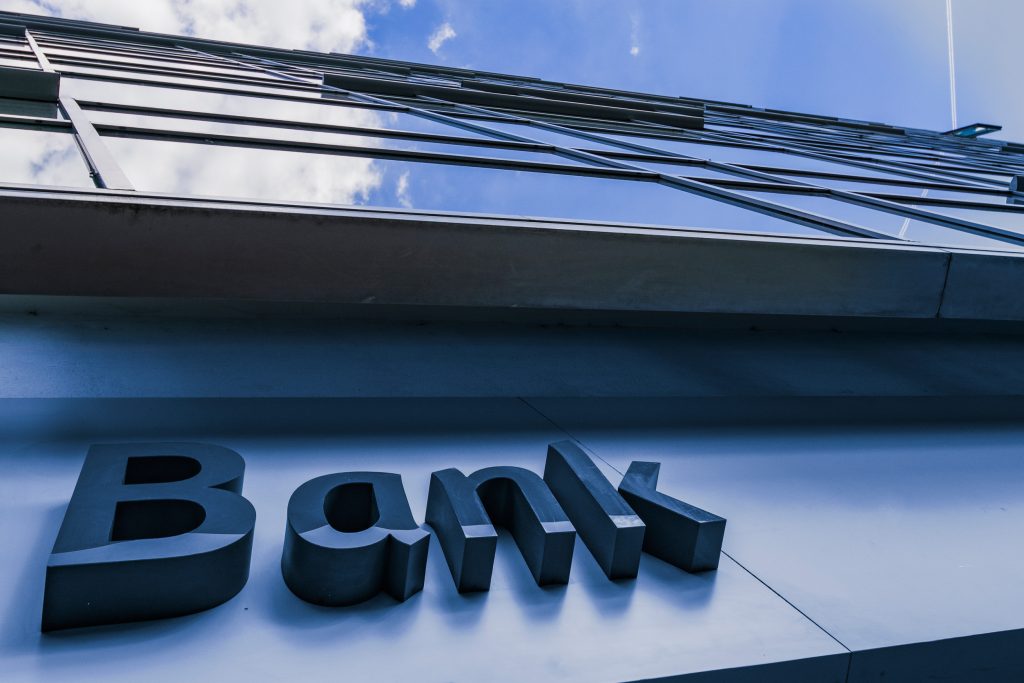
Managing your finances often feels like a constant balancing act, and discovering unexpected charges from your bank can be incredibly frustrating. You might diligently track your spending and saving, only to find your account balance lower than expected due to charges you weren’t even aware existed. Many banking institutions have a range of fees that aren’t always prominently displayed, often tucked away in the fine print of your account agreement.
Uncovering these hidden bank fees is the first step toward avoiding them and keeping more of your hard-earned money. This article will shed light on seven common yet often overlooked bank charges that could be silently draining your funds. By understanding these potential costs, you can become more vigilant and proactive in managing your banking relationship to avoid surprising hidden bank fees.
1. Monthly Maintenance Surprises
Many checking and savings accounts come with monthly maintenance or service fees, which banks charge simply for keeping your account open. These fees can often be waived if you meet certain criteria, such as maintaining a minimum daily balance or setting up regular direct deposits. However, if your balance dips below the threshold or your direct deposit circumstances change, these charges can suddenly appear on your statement. It’s crucial to review your account terms regularly to understand these requirements. Failing to monitor this can lead to a steady trickle of hidden bank fees eating into your savings.
2. Overdraft Protection Pitfalls
Overdraft protection might sound like a helpful service, designed to prevent declined transactions if you spend more than you have in your account. While it can save you from the embarrassment of a rejected payment, it often comes with its own set of fees. Some banks charge a per-item overdraft fee each time they cover a transaction, while others might transfer funds from a linked savings account or credit card, incurring a transfer fee. These costs can add up quickly, turning a small overage into a significant expense, making it one of the more costly hidden bank fees.
3. ATM Usage Charges (Out-of-Network)
Using an ATM that isn’t part of your bank’s network is a common way to get hit with unexpected fees. You might face a charge from your own bank for using an out-of-network ATM, and another fee from the operator of the ATM you used. These combined charges can make withdrawing cash quite expensive, sometimes costing five dollars or more for a single transaction. To avoid this, plan your cash withdrawals, use your bank’s app to find in-network ATMs, or consider getting cashback at stores. Awareness can prevent these annoying hidden bank fees.
4. Foreign Transaction Frustrations
If you travel internationally or make purchases from overseas websites, you could be incurring foreign transaction fees without realizing it. Many credit and debit cards charge a percentage of the transaction amount, typically around 1% to 3%, for any purchase processed outside your home country or in a foreign currency. While this might seem small on individual purchases, it can accumulate significantly over a trip or several online orders. Look for cards that specifically advertise no foreign transaction fees if you frequently spend money abroad to avoid these hidden bank fees.
5. Paper Statement Penalties
In an effort to go green and cut costs, many banks now charge a fee for sending paper statements through the mail. While e-statements are often free and more convenient for many, some customers prefer or require physical copies. If you haven’t opted out of paper statements or specifically requested e-statements, you might be paying a monthly fee for this service. Check your account settings and make the switch if you’re comfortable with digital records to save a few dollars each month.
6. Account Closing Costs
Believe it or not, some banks may charge you a fee if you decide to close your account, especially if it has only been open for a short period. This fee is sometimes referred to as an early account closure fee and is intended to recoup the bank’s costs of setting up the account. Before you switch banks or close an account, review the terms and conditions or speak with a bank representative to see if any such charges apply. This awareness can save you from a final, parting hidden bank fees.
7. Inactivity or Dormancy Drains
If you have an old bank account that you rarely use but haven’t officially closed, it could be subject to inactivity or dormancy fees. Banks may start charging a monthly fee if there are no transactions on an account for a specified period, such as six months or a year. These fees can slowly deplete any remaining balance in the account, sometimes down to zero. Regularly review all your accounts and consolidate or close any that you no longer need to prevent these hidden bank fees from catching you off guard.
Taking Control of Your Cash
Understanding the landscape of potential bank charges is crucial for effective financial management. While banks provide essential services, it’s your responsibility to be an informed consumer and scrutinize the terms associated with your accounts. By familiarizing yourself with common hidden bank fees, such as monthly maintenance charges, overdraft fees, and out-of-network ATM costs, you can take proactive steps to avoid them. Regularly reviewing your statements and your bank’s fee schedule empowers you to make smarter choices and keep more of your money working for you.
Have you ever been surprised by a hidden bank fee? Share your experience and any tips you have for avoiding them in the comments below!
Read More:
5 Online Banking Features That Make You a Target for Cyber Theft
How Thieves Are Using Public Restrooms to Steal Your Credit Card Information
The post 7 Hidden Bank Fees You Didn’t Know You Were Paying—Until Now appeared first on Budget and the Bees.







